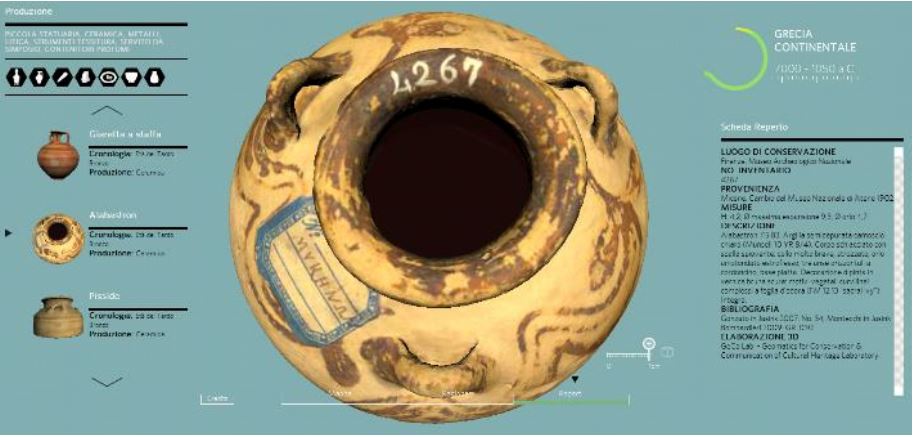Geomatics and digital heritage. From dataset to models: what next?
Keywords:
Geomatics, Cultural Heritage, Models, 3D Digitization, 3D solid modelAbstract
The increase of technological innovations related to the production of 3D models and the growth, in recent years, of the risks to which
architectural heritage is exposed, postulates a wide-ranging discussion on the perspectives of development and refinement of the
disciplines of geomatics, toward a more adequate application of the lines of research and the use of "professionally" specific sectors
to today's trending questions, thus exploiting the potential of their contribution to cultural heritage and the safeguarding and fruition
of the anthropic environment.
A review of the most significant steps of the approach to "digital heritage" permits a comprehension of the changing role that geomatics
plays in this scenario. The emphasis is, in fact, on moving away from the "production" of digital data, to that of models and, using
these models, on to their "use" and "reuse."
The field of digital heritage is an area in which it is not possible to concentrate knowledge in a single person, postulating instead
synergic interaction among diverse competencies. With reference to the national scenario, the distinction between “safeguarding” and
“promoting” involves professionals in both aspects, combining the established use of digital heritage both for knowledge purposes and
for the preparation of restoration projects, and with that, the emergence of "communication."
Hence the question: what is the future for geomatics?
According to marketing experts we are within the norm: we are witnesses to an unprecedented flight from the traditional identity of
the SSD and, consequently, guidelines, tasks and methods of participation in digitization activities already underway around the world
must be redefined.
Downloads

Downloads
Published
How to Cite
Issue
Section
License

This work is licensed under a Creative Commons Attribution-ShareAlike 4.0 International License.



